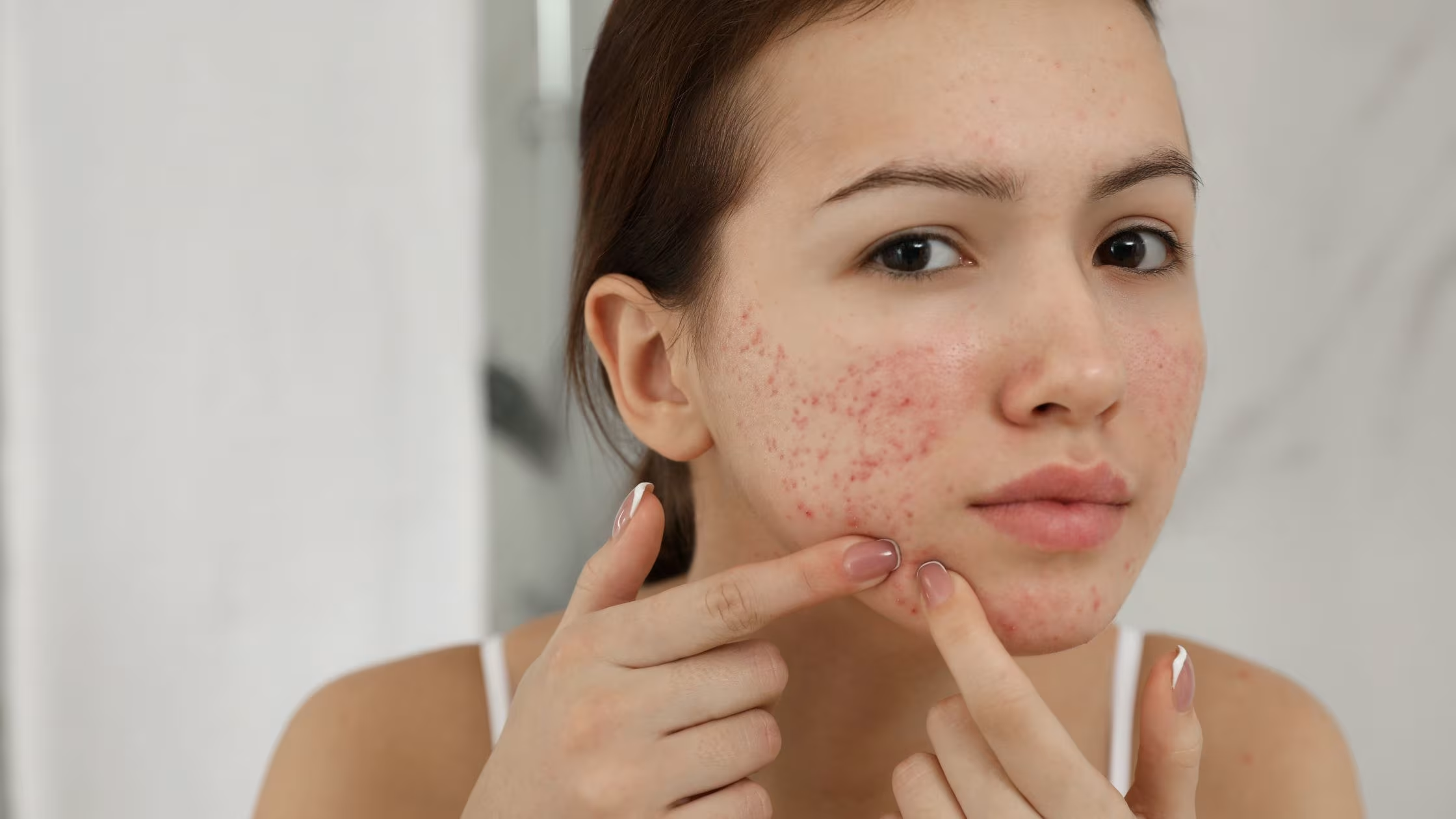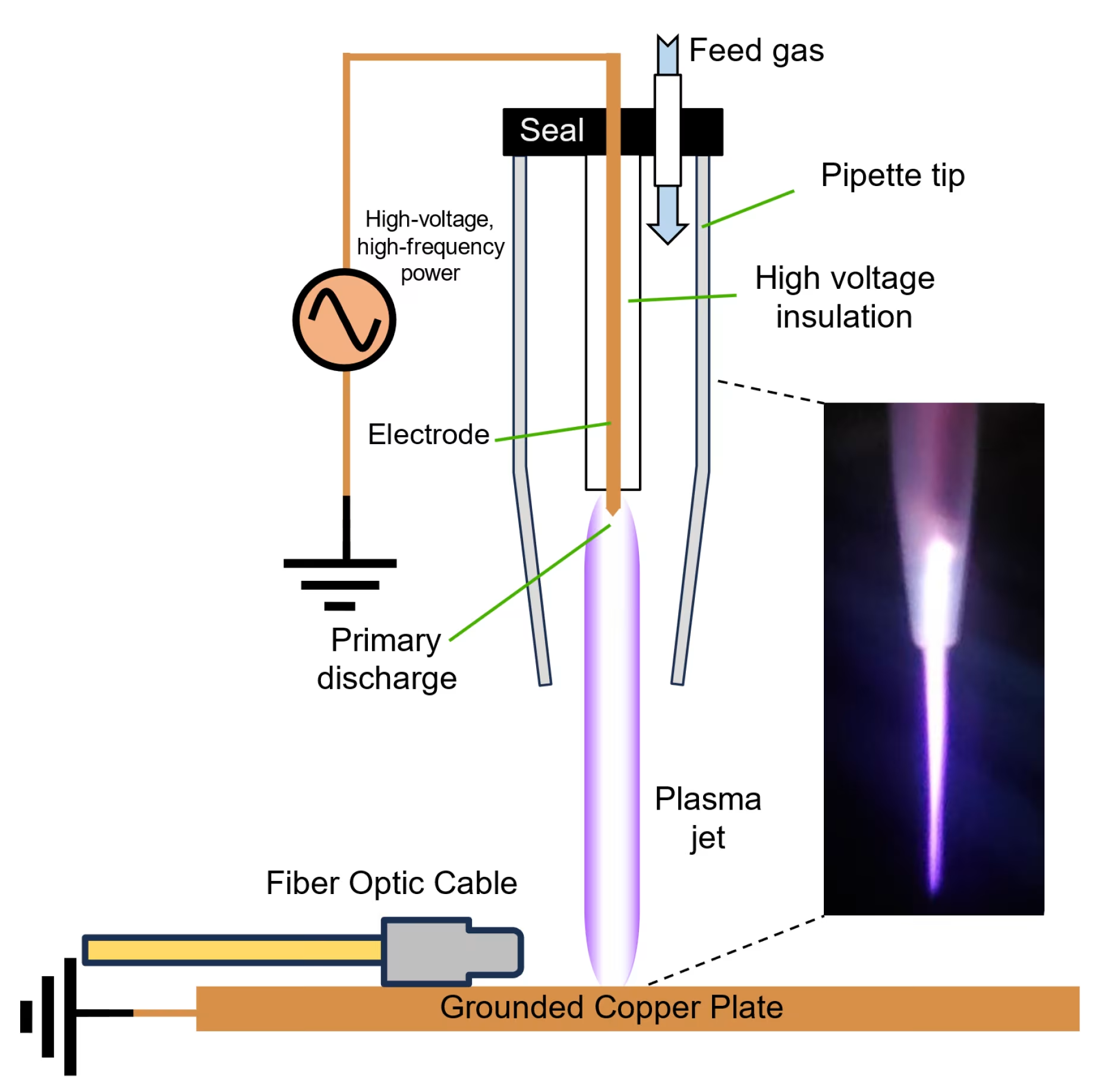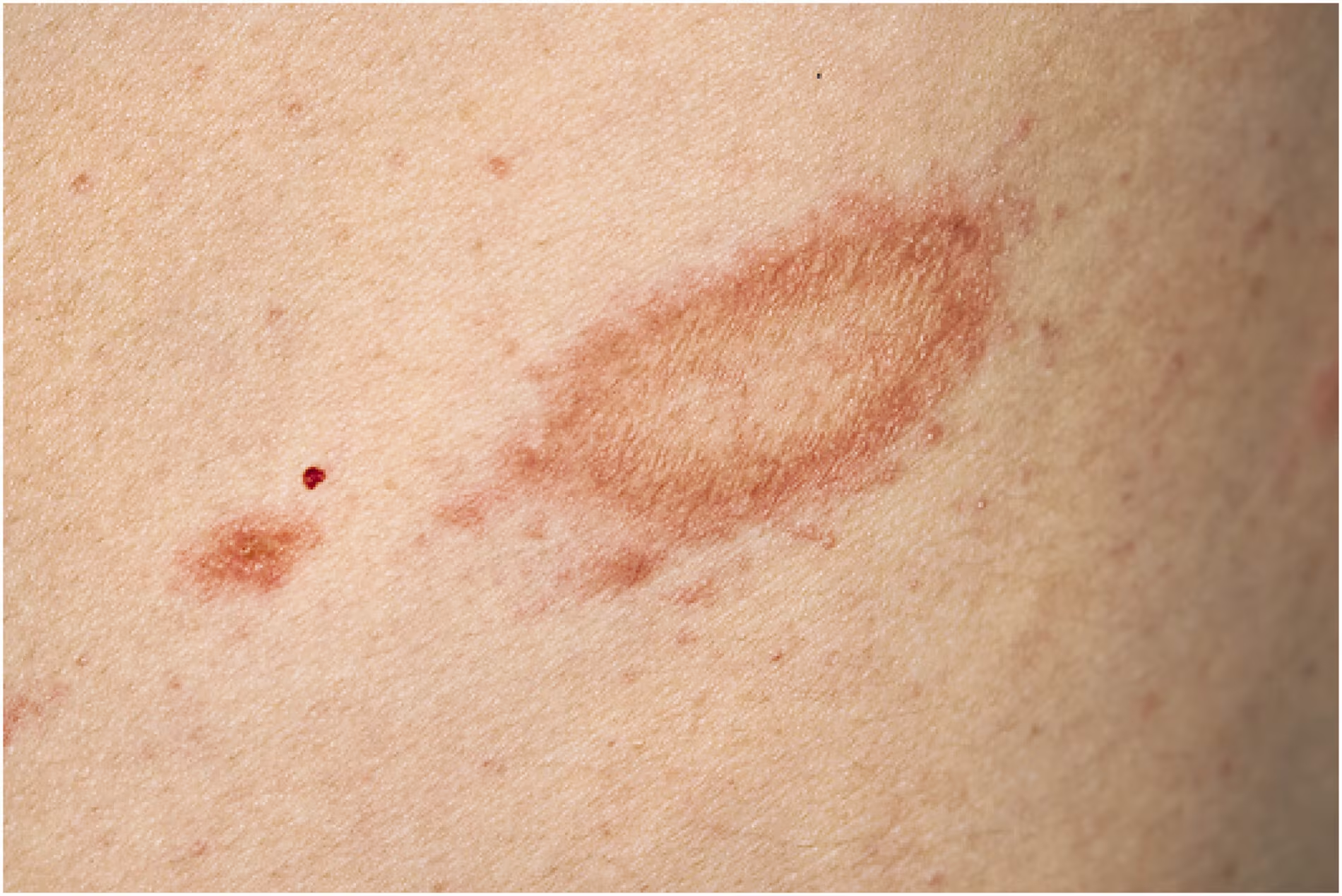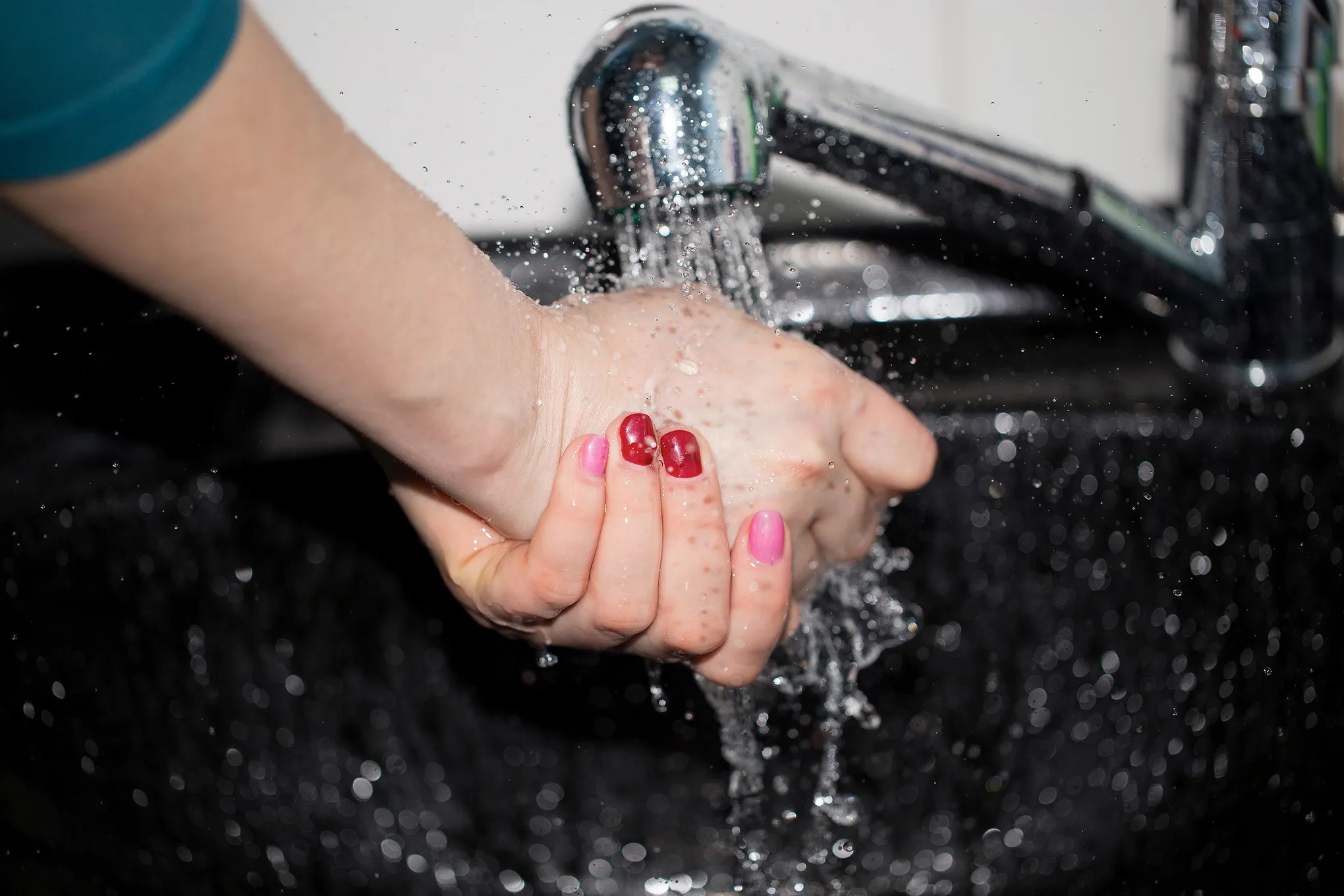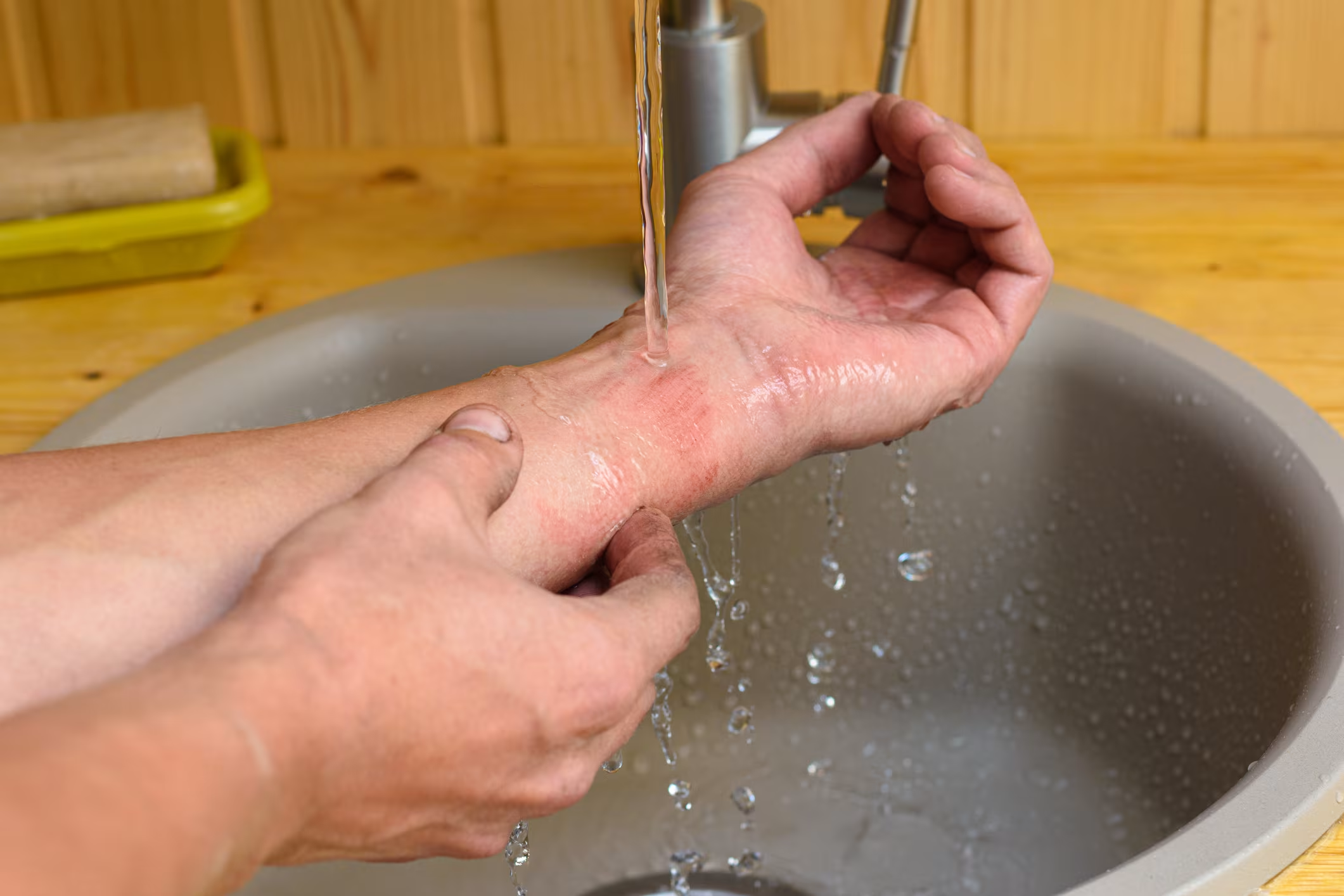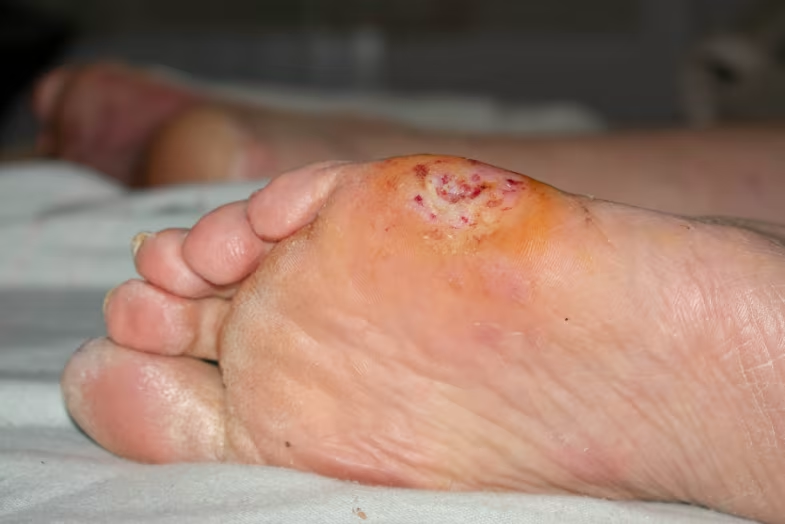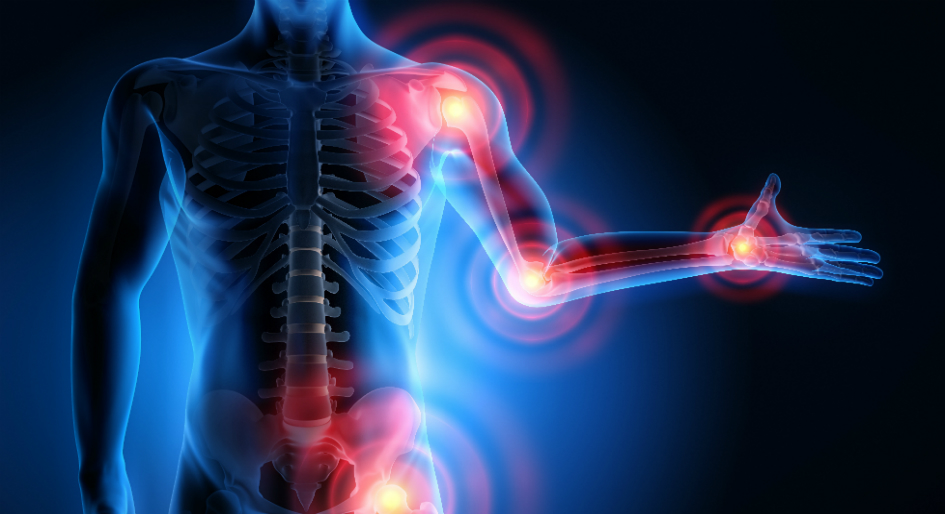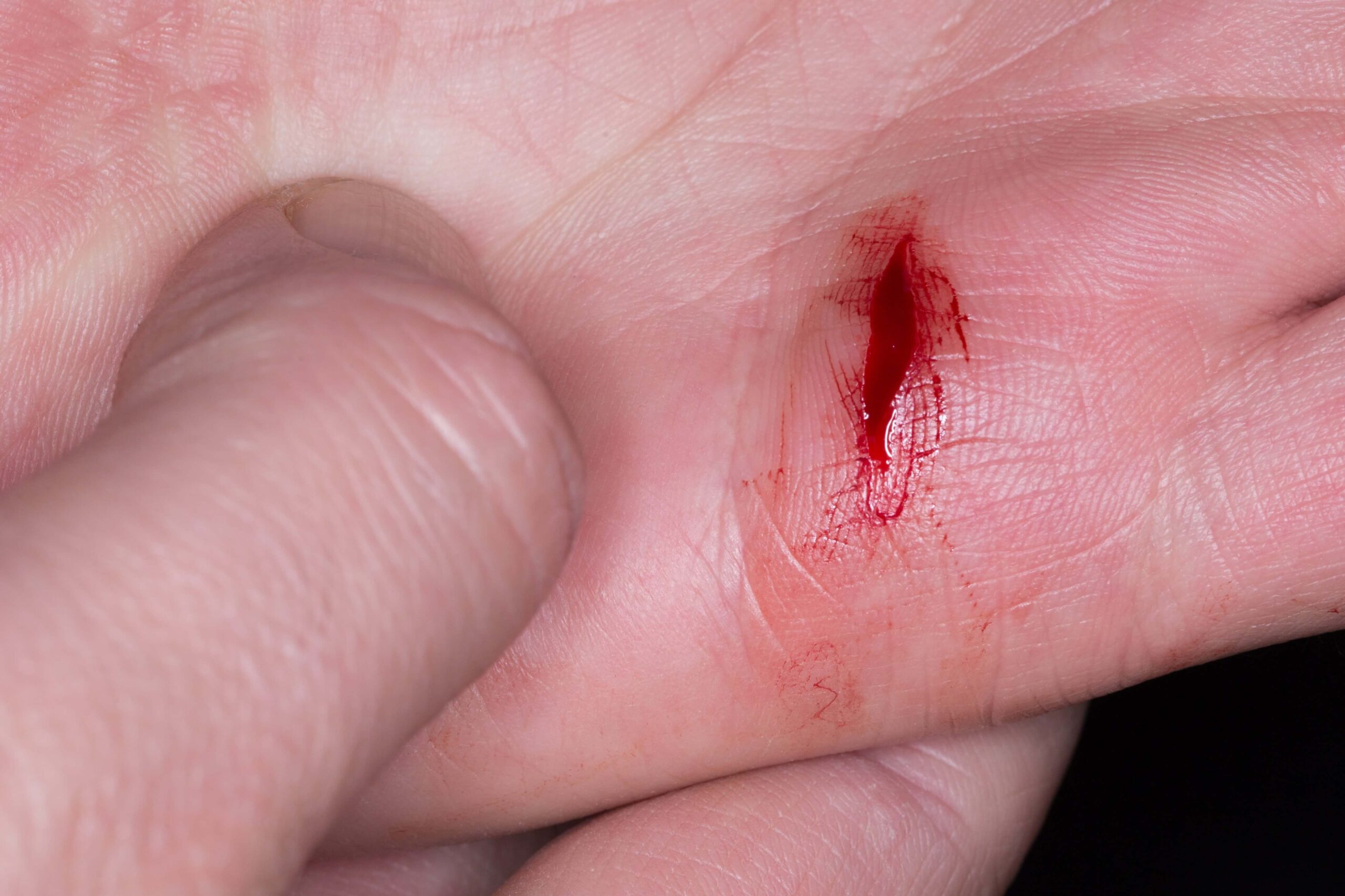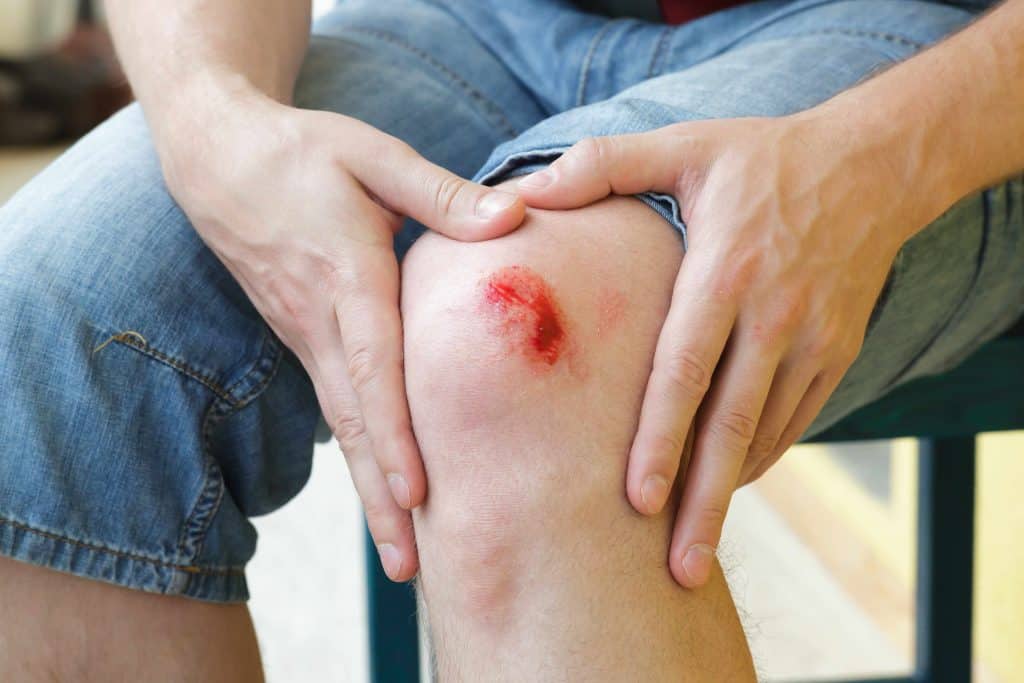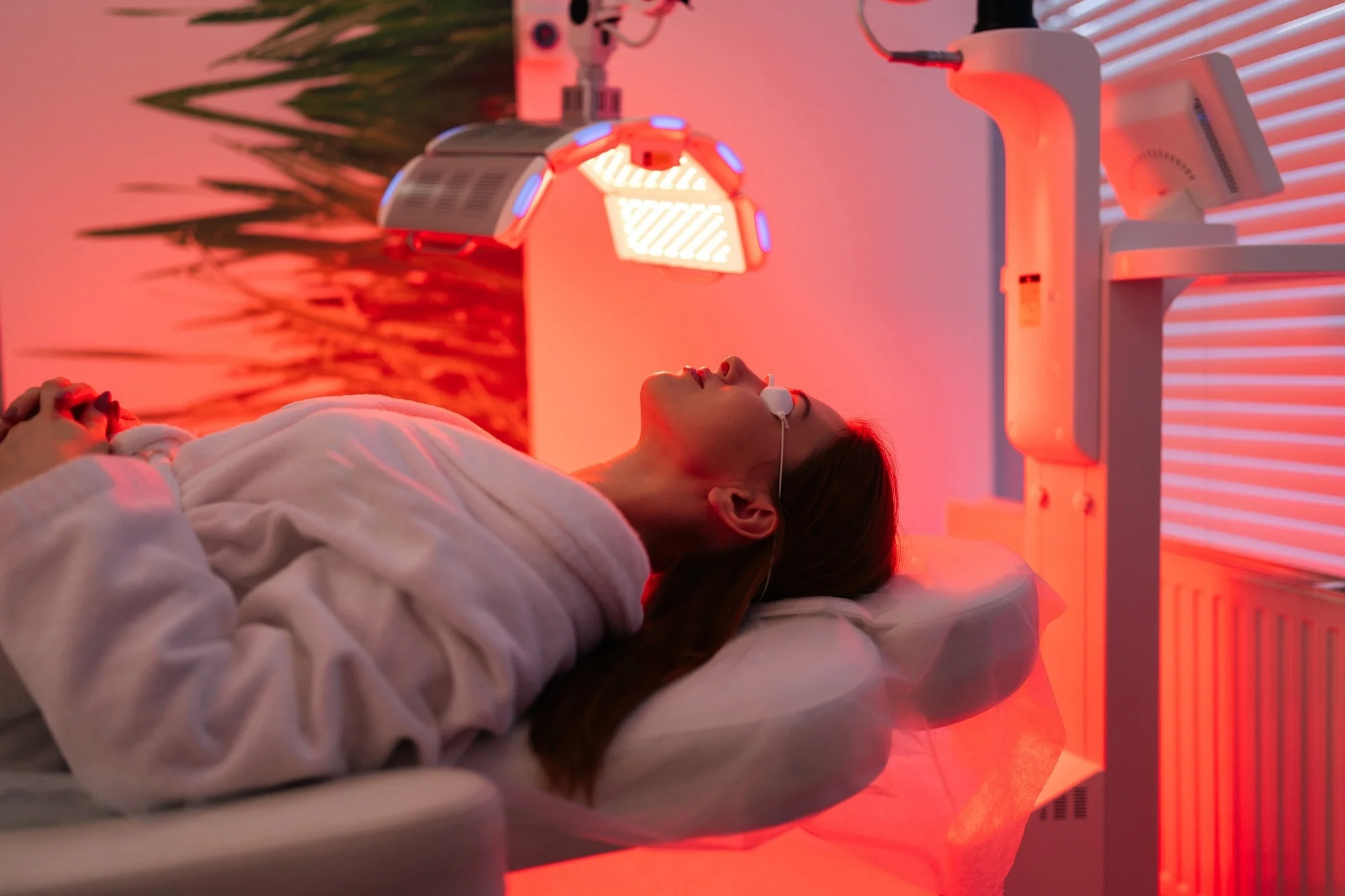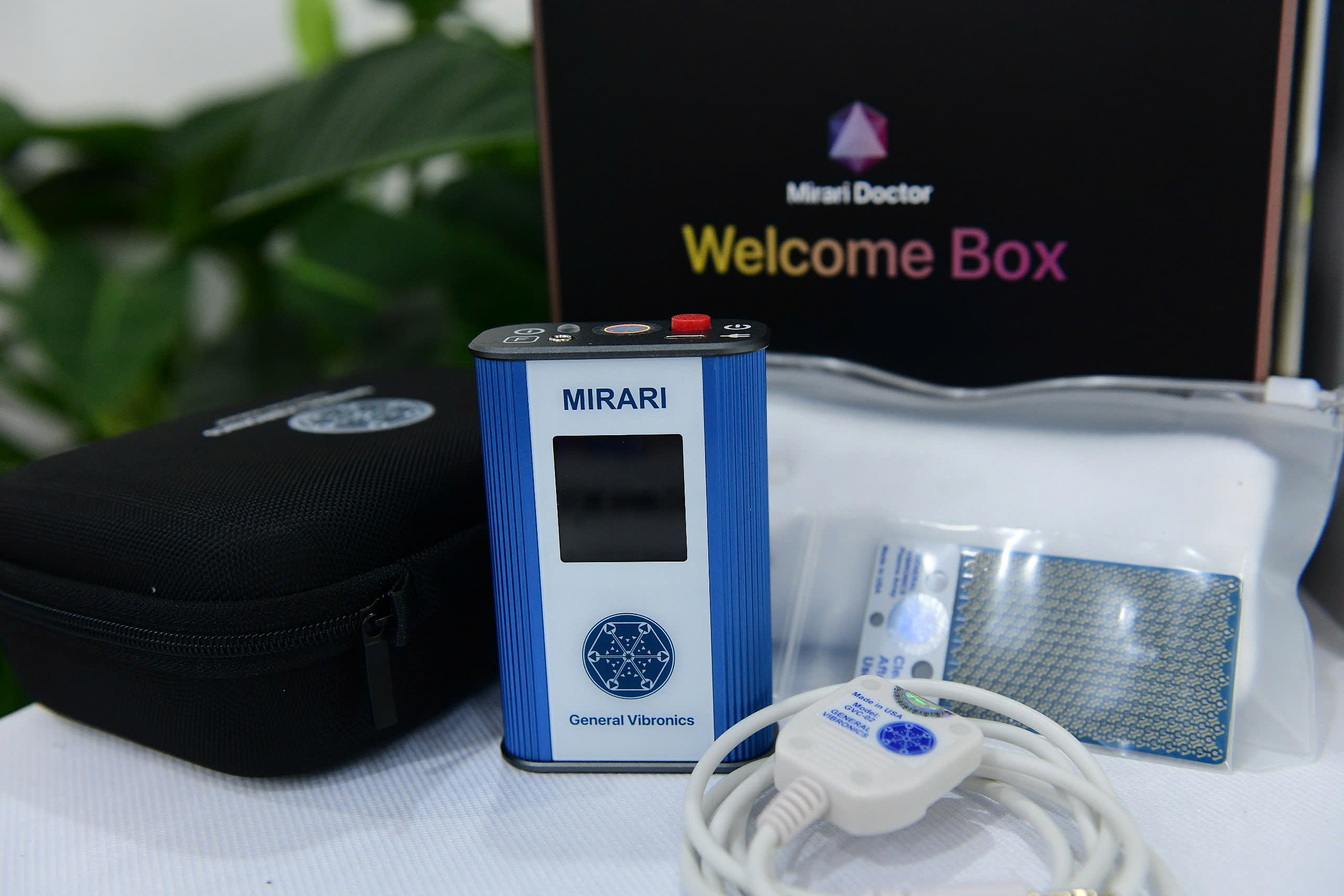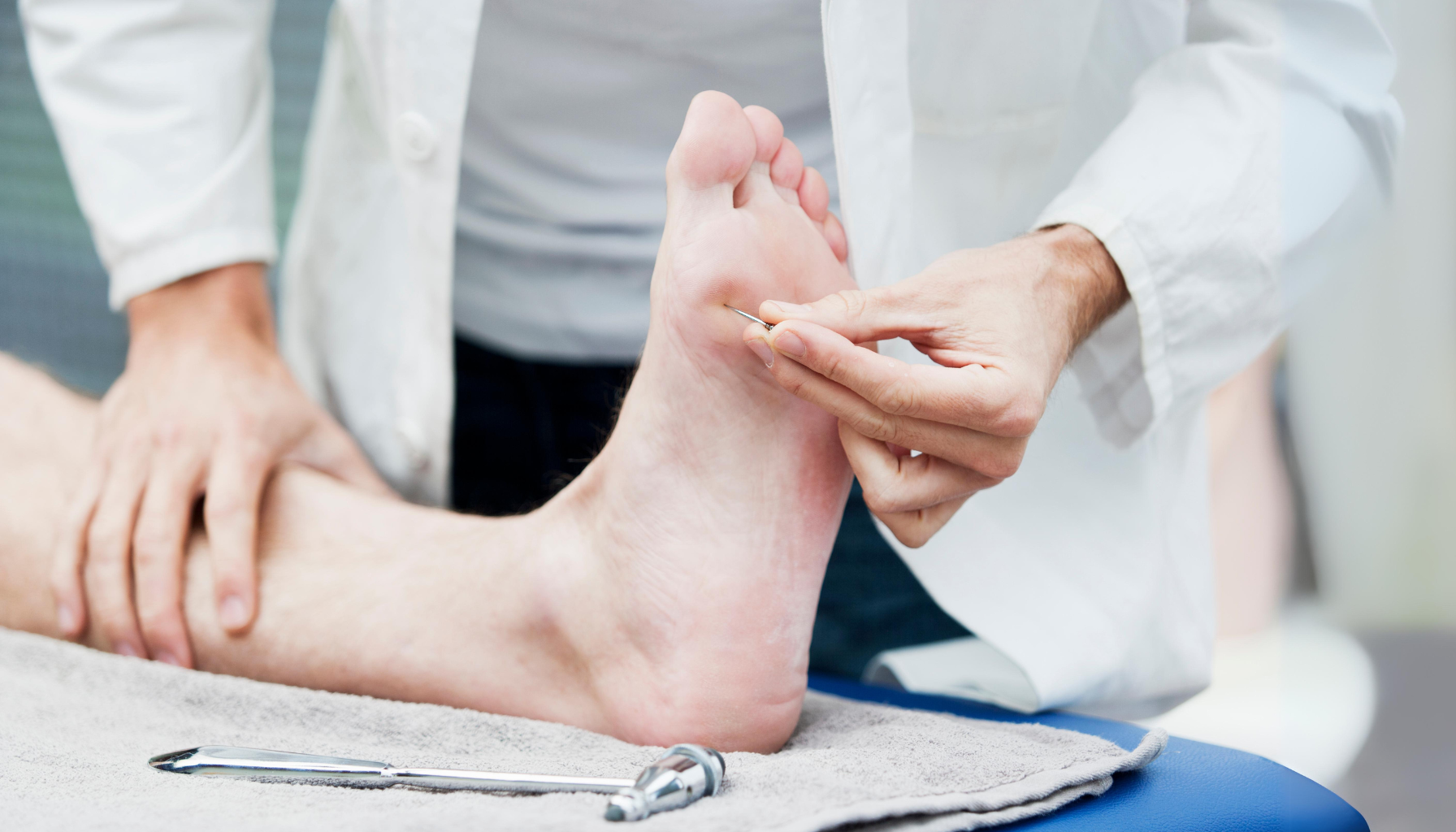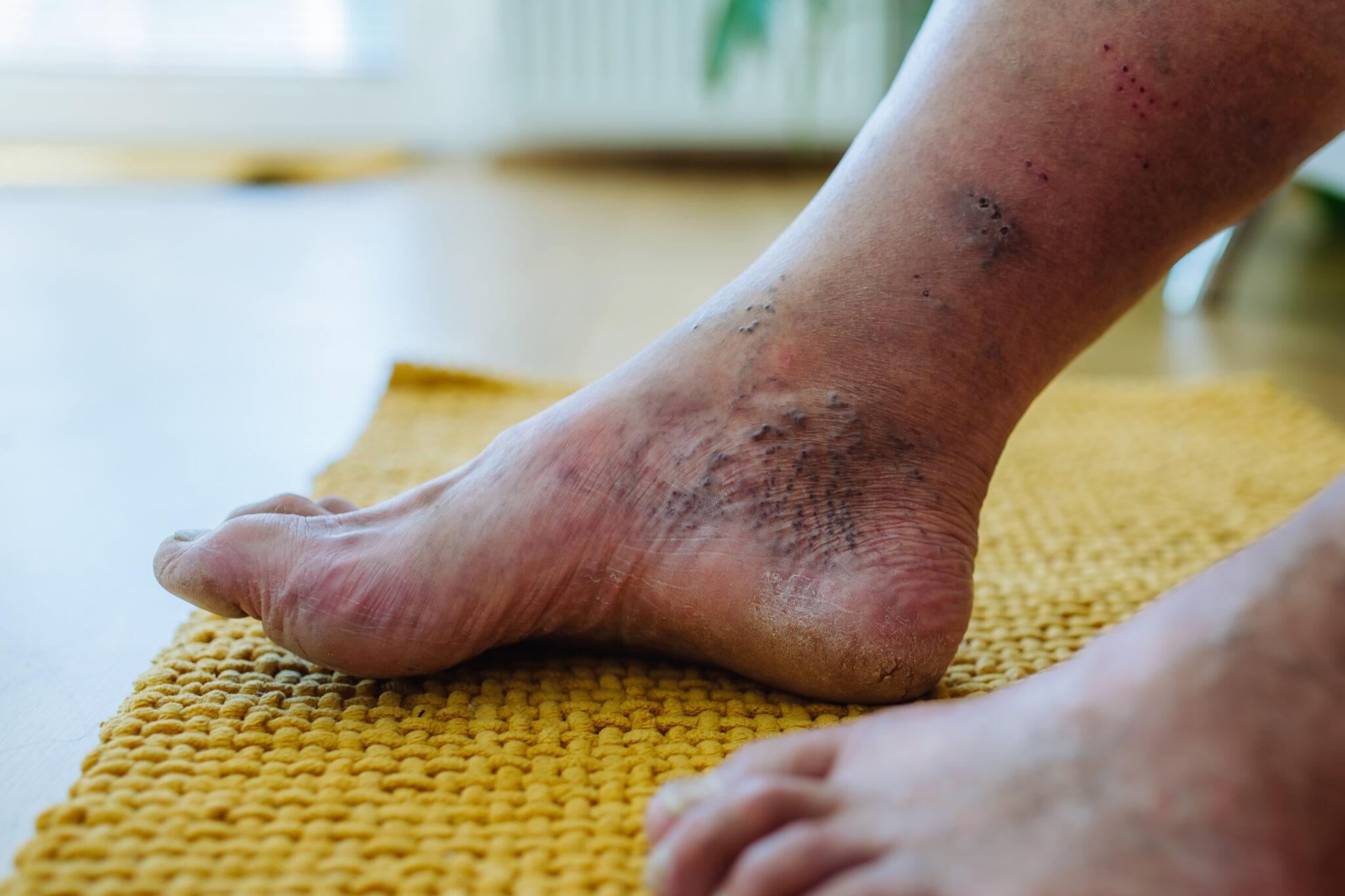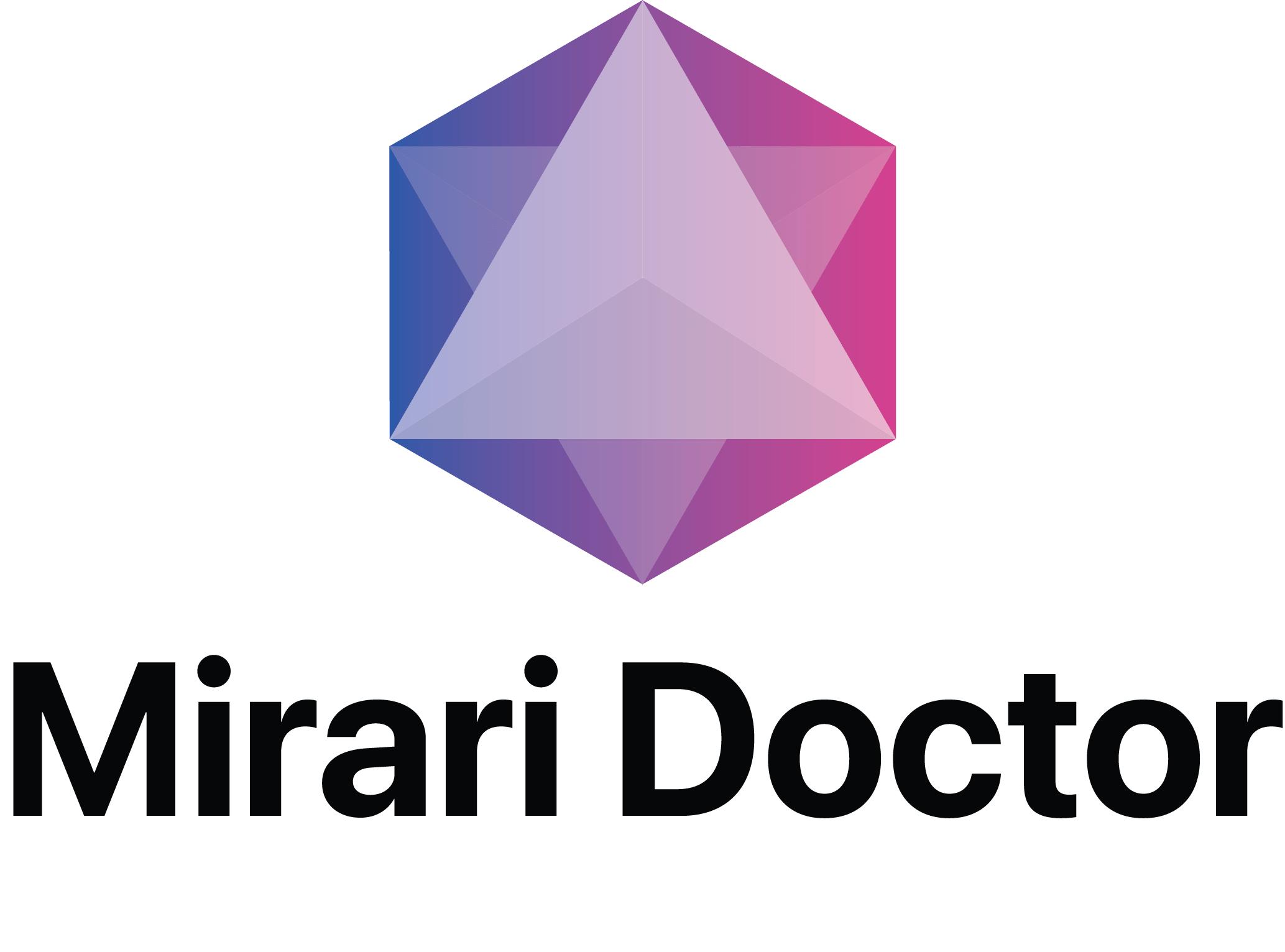You May Be Interested In:
- Is Cold Plasma Safe? Complete Safety Guide for Medical Applications
- Mirari Cold Plasma vs Other Plasma Technologies: A Comprehensive Medical Comparison
- Cold Plasma: Revolutionary Medical Technology Transforming Healthcare Treatment
- What Is Cold Plasma? Complete Guide to Revolutionary Medical Technology
- How Is Cold Plasma Produced? Complete Guide to Medical Cold Plasma Generation Technology
Cold plasma treatment side effects are generally mild and temporary, making this innovative therapy a promising option for various medical conditions. As cold atmospheric plasma (CAP) technology gains recognition in healthcare settings, understanding its safety profile becomes crucial for both patients and medical professionals considering this non-invasive treatment approach.
Cold plasma therapy represents a breakthrough in medical technology, utilizing ionized gas at room temperature to deliver therapeutic benefits without the risks associated with traditional thermal treatments. This comprehensive guide examines the complete spectrum of cold plasma treatment side effects, from common temporary reactions to rare adverse events, providing evidence-based insights for informed decision-making.
Understanding Cold Plasma Technology and Its Safety Profile
What is Cold Atmospheric Plasma Therapy?
Cold atmospheric plasma therapy generates reactive oxygen and nitrogen species at room temperature, creating a unique therapeutic environment that promotes healing while minimizing tissue damage. Unlike traditional thermal plasma that operates at extreme temperatures, cold plasma maintains temperatures close to body temperature, significantly reducing the risk of burns or thermal injury.
The technology works by ionizing ambient air through electrical discharge, creating a mixture of charged particles, reactive molecules, and UV photons. These components interact with biological tissues to promote antimicrobial effects, enhance wound healing, and modulate inflammatory responses.
Scientific Mechanisms Behind Cold Plasma Safety
The safety profile of cold plasma treatment stems from its controlled energy delivery and selective targeting of pathological tissues. Research demonstrates that properly calibrated cold plasma devices can distinguish between healthy and damaged cells, preferentially affecting diseased tissue while preserving normal cellular function[1].
Nitric Oxide vs Reactive Oxygen Species
Modern cold plasma devices, including the Mirari Cold Plasma System developed by General Vibronics, utilize nitric oxide (NO) delivery mechanisms that offer enhanced safety compared to traditional reactive oxygen species (ROS) approaches. NO-based systems provide more controlled therapeutic effects with reduced risk of oxidative stress in healthy tissues.
Common Cold Plasma Treatment Side Effects
Skin Irritation and Redness
The most frequently reported side effect of cold plasma treatment is localized skin irritation, manifesting as mild redness and tenderness at the treatment site. Clinical studies involving burn patients showed that skin irritation occurs in approximately 40-50% of treatments but typically resolves within hours to days[2].
This reaction resembles a mild sunburn and results from the interaction between plasma-generated reactive species and skin cells. The intensity of irritation correlates with treatment duration, plasma intensity, and individual skin sensitivity.
Management strategies include:
- Adjusting treatment parameters for sensitive patients
- Using cooling gels immediately post-treatment
- Applying gentle moisturizers to maintain skin barrier function
- Monitoring patient response during initial sessions
Pain and Discomfort During Treatment
Pain at the treatment site represents another common side effect, with research indicating varying degrees of discomfort among patients. A comprehensive study of 298 cold plasma treatments revealed that 56.9% of patients experienced no pain, while 40.1% reported mild pain, and only 2% experienced moderate discomfort[3].
The pain sensation typically occurs during treatment and may persist briefly afterward. Factors influencing pain levels include:
- Treatment intensity: Higher plasma energy levels increase discomfort
- Exposure duration: Longer treatments may cause more pain
- Individual pain threshold: Patient sensitivity varies significantly
- Treatment location: Sensitive areas may require modified protocols
Temporary Burning Sensation
Some patients report a mild burning sensation during cold plasma exposure, though severe burning is rarely documented. Clinical data shows that 94% of patients experience no burning sensation, with only 4.7% reporting mild burning and 1.3% experiencing moderate sensations[3].
This side effect typically diminishes immediately after treatment completion and rarely requires intervention beyond standard post-treatment care protocols.
Itching and Skin Sensitivity
Itching represents a less common but notable side effect of cold plasma treatment. Research indicates that 88.1% of patients experience no itching after treatment, while approximately 12% may develop mild to moderate itching sensations[3].
The itching typically occurs within the first few treatment sessions and tends to decrease with subsequent applications as the skin adapts to the therapy.
Technical Specifications and Safety Parameters
| Parameter | Specification | Safety Consideration |
|---|---|---|
| Operating Temperature | Room temperature (20-25°C) | Eliminates thermal burn risk |
| Treatment Duration | 10-30 seconds per cm² | Prevents overexposure |
| Energy Output | 2-4W adjustable | Customizable for patient tolerance |
| Frequency Range | 80 kHz monopolar RF | Optimized for tissue penetration |
| Plasma Generation | Dielectric barrier discharge | Controlled reactive species production |
| Safety Shutoff | Automatic temperature monitoring | Prevents thermal damage |
Rare and Serious Side Effects
Allergic Reactions to Cold Plasma Treatment
While uncommon, allergic reactions can occur in sensitive individuals. These reactions typically manifest as localized swelling, hives, or increased itching beyond normal treatment responses. The Mirari Cold Plasma System’s nitric oxide-based technology has demonstrated a lower incidence of allergic reactions compared to traditional ROS-based devices[4].
Risk factors for allergic reactions include:
- History of contact dermatitis
- Sensitivity to electrical stimulation
- Previous adverse reactions to plasma treatments
- Compromised skin barrier function
Potential Tissue Damage with Improper Use
When used incorrectly or with inappropriate parameters, cold plasma treatment may cause unintended tissue damage. However, properly calibrated devices with built-in safety mechanisms significantly reduce this risk. Long-term studies in animal models showed no significant tissue damage when treatments followed established protocols[5].
Contraindications and High-Risk Scenarios
Certain patient populations require special consideration or may not be suitable candidates for cold plasma treatment:
- Patients with active skin infections at treatment sites
- Individuals with compromised immune systems
- Pregnant or breastfeeding women (due to limited safety data)
- Patients with electronic implants near treatment areas
- Those with severe cardiovascular conditions
Clinical Benefits vs Side Effect Profile
| Application Area | Primary Benefits | Common Side Effects | Treatment Duration |
|---|---|---|---|
| Wound Healing | Accelerated closure, reduced infection | Mild pain, temporary redness | 10-15 minutes per session |
| Dermatological Conditions | Improved skin texture, reduced inflammation | Skin irritation, mild burning | 5-10 minutes per area |
| Pain Management | Reduced chronic pain, improved mobility | Temporary discomfort, localized sensitivity | 15-20 minutes per treatment |
| Antimicrobial Treatment | Bacterial reduction, infection control | Minimal side effects reported | 30 seconds to 2 minutes |
| Tissue Regeneration | Enhanced healing, collagen stimulation | Mild redness, occasional itching | 10-30 minutes depending on area |
Long-Term Safety Considerations
Extended Use and Repeated Treatments
Long-term safety data for cold plasma treatment continues to accumulate, with current research suggesting minimal adverse effects from repeated applications. A one-year follow-up study of patients receiving multiple cold plasma treatments showed no significant long-term complications or tissue changes[6].
However, healthcare providers should monitor patients receiving extended treatment courses for:
- Changes in skin texture or pigmentation
- Development of treatment resistance
- Cumulative effects on healthy tissue
- Patient tolerance over time
Monitoring and Safety Protocols
Effective cold plasma treatment requires comprehensive safety protocols including:
Pre-treatment assessment:
- Medical history review
- Skin condition evaluation
- Allergy screening
- Patient education about expected side effects
During treatment monitoring:
- Real-time parameter adjustment
- Patient comfort assessment
- Immediate response to adverse reactions
- Documentation of treatment parameters
Post-treatment care:
- Side effect monitoring
- Wound care instructions
- Follow-up scheduling
- Patient feedback collection
Comparing Cold Plasma to Alternative Treatments
Safety Profile Comparison
Cold plasma treatment demonstrates a favorable safety profile compared to many alternative therapies:
Versus laser therapy:
- Lower risk of burns and scarring
- No need for protective eyewear
- Reduced post-treatment downtime
- Minimal pigmentation changes
Versus chemical treatments:
- No systemic absorption concerns
- Reduced risk of allergic reactions
- Immediate treatment cessation possible
- No drug interactions
Versus surgical interventions:
- Non-invasive approach
- No anesthesia requirements
- Minimal infection risk
- Immediate return to activities
Patient Selection and Individualized Care
The Mirari Cold Plasma System, available through Mirari Doctor (miraridoctor.com), exemplifies the importance of individualized treatment approaches. The device’s adjustable parameters allow healthcare providers to customize treatments based on patient tolerance and specific medical conditions.
Successful cold plasma treatment requires careful patient selection considering:
- Medical history and current medications
- Skin type and sensitivity
- Treatment goals and expectations
- Ability to comply with post-treatment care
Managing Cold Plasma Treatment Side Effects
Immediate Response Protocols
Healthcare providers should establish clear protocols for managing side effects during and immediately after cold plasma treatment:
For mild skin irritation:
- Apply cooling compresses
- Use gentle, fragrance-free moisturizers
- Avoid sun exposure for 24-48 hours
- Monitor for improvement within 2-3 days
For pain management:
- Offer topical anesthetics before treatment
- Adjust treatment parameters
- Provide over-the-counter pain relief recommendations
- Consider shorter, more frequent sessions
For allergic reactions:
- Discontinue treatment immediately
- Apply cool compresses
- Administer antihistamines if appropriate
- Document reaction details for future reference
Patient Education and Expectations
Proper patient education significantly reduces anxiety and improves treatment outcomes. Patients should understand:
- Normal vs. concerning side effects
- Expected timeline for side effect resolution
- When to contact healthcare providers
- Post-treatment care instructions
- Signs requiring immediate medical attention
Future Developments in Cold Plasma Safety
Emerging Safety Technologies
Ongoing research focuses on enhancing cold plasma safety through:
- Advanced real-time monitoring systems
- AI-powered parameter optimization
- Improved patient selection algorithms
- Enhanced feedback mechanisms
Regulatory Considerations
As cold plasma technology evolves, regulatory bodies continue updating safety guidelines and approval processes. The Mirari Cold Plasma System’s FDA clearance and international certifications demonstrate compliance with current safety standards while paving the way for broader clinical adoption.
Patient-Focused Frequently Asked Questions
Is cold plasma treatment safe for sensitive skin?
Cold plasma treatment can be safely used on sensitive skin with appropriate parameter adjustments. Healthcare providers typically start with lower intensity settings and shorter exposure times for patients with known skin sensitivity. The Mirari Cold Plasma System’s customizable settings allow for personalized treatment protocols that minimize irritation while maintaining therapeutic effectiveness.
How long do cold plasma treatment side effects typically last?
Most cold plasma treatment side effects are temporary and resolve within 24-48 hours. Mild redness and skin irritation usually disappear within a few hours, while any discomfort typically subsides immediately after treatment completion. Patients experiencing side effects lasting longer than 72 hours should contact their healthcare provider for evaluation.
Can cold plasma treatment cause permanent skin damage?
When performed by trained healthcare professionals using properly calibrated equipment, cold plasma treatment has not been associated with permanent skin damage in clinical studies. The technology’s non-thermal nature and built-in safety mechanisms significantly reduce the risk of lasting tissue damage compared to thermal-based treatments.
Are there any medications that increase cold plasma side effects?
Certain medications may increase skin sensitivity and potentially enhance side effects from cold plasma treatment. Patients taking photosensitizing medications, blood thinners, or topical retinoids should inform their healthcare provider before treatment. The medical team can adjust treatment parameters or timing to minimize potential interactions.
What should I do if I experience unexpected side effects?
Patients experiencing unexpected or severe side effects should contact their healthcare provider immediately. While serious adverse reactions are rare, prompt medical evaluation ensures appropriate management and prevents complications. Common concerning symptoms include severe pain, extensive swelling, signs of infection, or allergic reactions such as widespread rash or difficulty breathing.
Medical Disclaimer:This information is for educational purposes only and should not replace professional medical advice. Always consult with qualified healthcare providers before starting any new treatment. Individual responses to cold plasma therapy may vary, and treatment decisions should be based on comprehensive medical evaluation and professional judgment.
References
- PMC. (2020). Long-Term Risk Assessment for Medical Application of Cold Atmospheric Plasma.//pmc.ncbi.nlm.nih.gov/articles/PMC7235715/
- Mirari Doctor. (2024). Cold Plasma Treatment Side Effects: What You Need to Know./cold-plasma-treatment-side-effects/
- Vietnam Medical Journal. (2023). Investigating Adverse Effects of Cold Plasma in Treating Second and Third Degree Burns: A Descriptive Study.//tapchiyhocvietnam.vn/index.php/vmj/article/view/5055
- ScienceDirect. (2017). Side effects in cold plasma treatment of advanced oral cancer.//www.sciencedirect.com/science/article/pii/S2212816617300173
- Springer. (2021). Antibacterial and safety tests of a flexible cold atmospheric plasma device.//link.springer.com/article/10.1007/s00253-021-11166-5
- PMC. (2024). In Vitro Safety Study on the Use of Cold Atmospheric Plasma in the Upper Respiratory Tract.//pmc.ncbi.nlm.nih.gov/articles/PMC11394226/
Related articles
Made in USA


